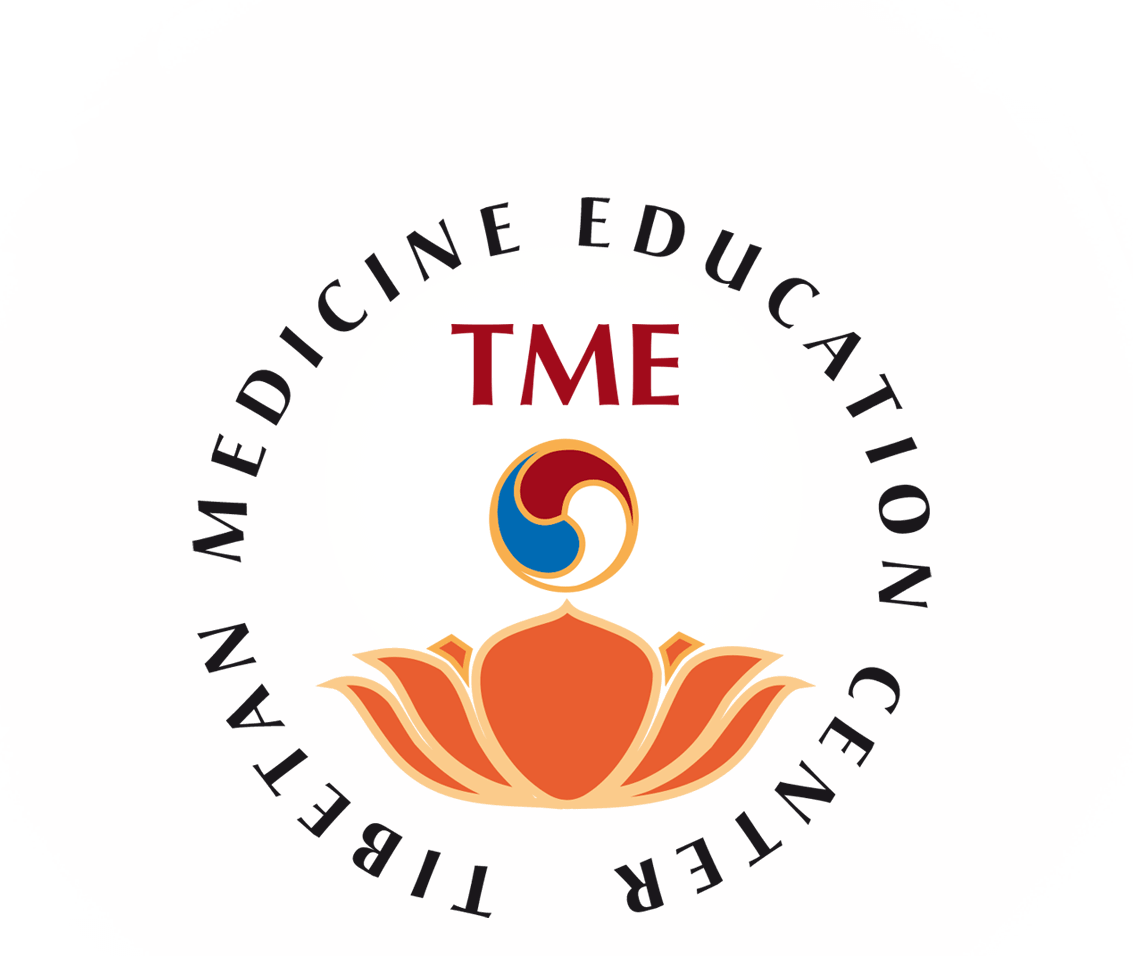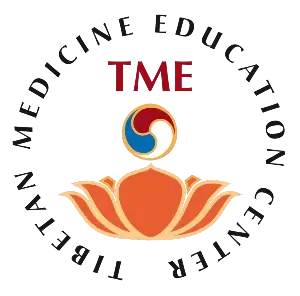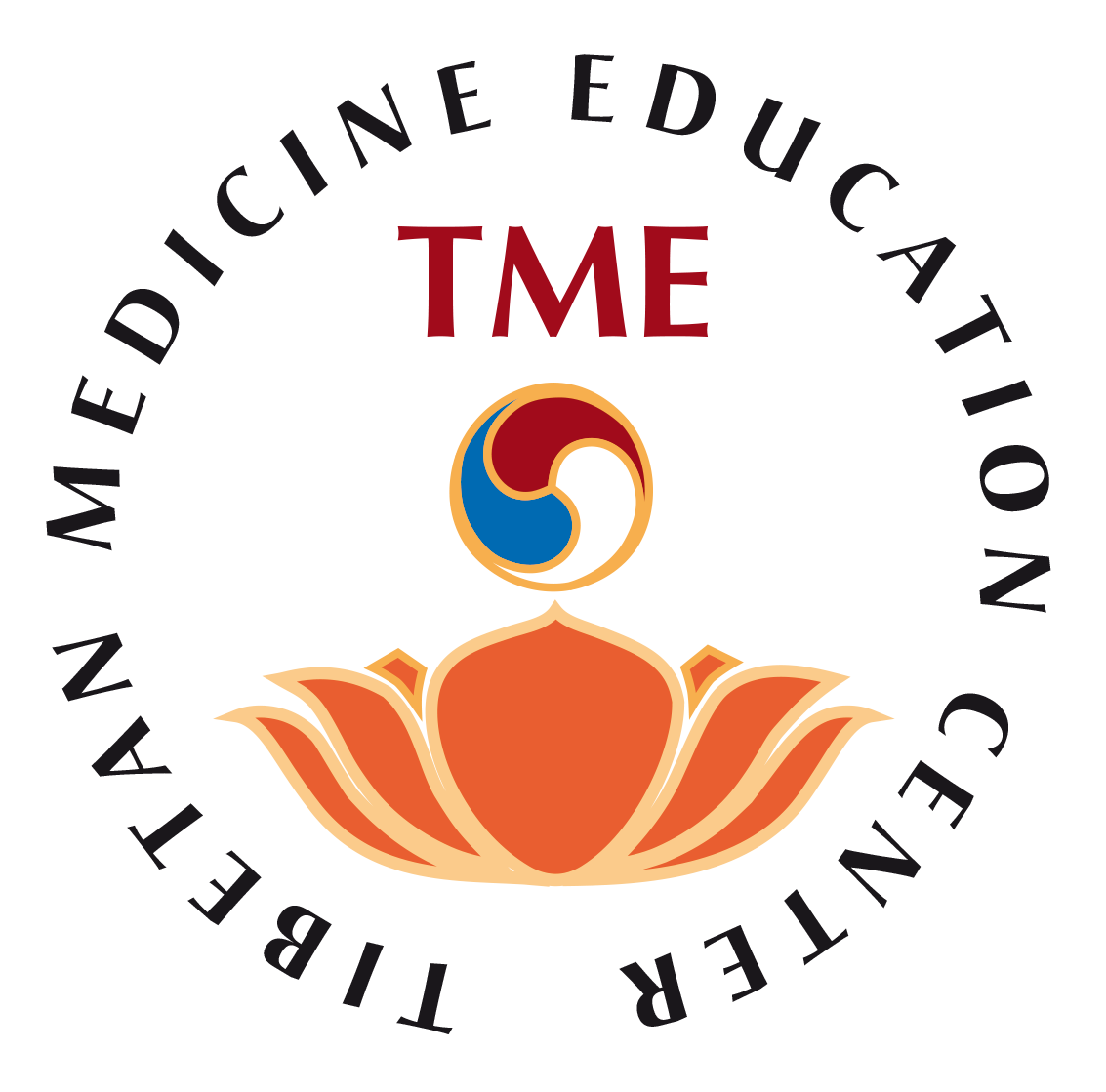Tibetan Embryology
Tibetan Embryology Part IV

3rd month
10th week
a subtle wind called Srawar-byedpa manifests and helps the protrusion of the two shoulders and hips. This week is called beginning of the ‘Turtle stage’ because the child’s body shape looks like a turtle.
11th week
a subtle wind called Buga-snangwa manifests and helps form the nine internal orifices of the body. They are eyes, ears, nostrils, mouth, and feces and urinal channels (secret chakra).
12th week
a subtle wind called Yoenpoi-sgo manifests and helps form and shape the five solid organs.
13th week
a subtle wind called Bur-rgyuspa manifests and helps form and shape the six hollow organs.
4th month
14th week
a subtle wind called sKudpaikha or sgo manifests and helps form and shape the upper arms and thighs.
15th week
a subtle wind called Padma manifests, helps form the arms and make calves protrude.
16th week
a subtle wind called bDudtsi-‘growa manifests and helps protrude the twenty fingers and toes.
17th week
a subtle wind called ‘Bri-gdong manifests and helps the progression of the development of the three principal channels and connective branches of nerves, blood and lymph vessels. This moment is called ‘completion of the turtle stage’.
5th month
18th week
a subtle wind called Drima-medpa manifests and helps develop flesh and fat tissues. As it is the beginning of putting on weight and tissues, this week is called beginning of the ‘Pig stage’. The fetus desires for food and experiences hunger.
19th week
a subtle wind called Shintu-phrawa manifests and helps develop all the ligaments, tendons and nerves.
20th week
a subtle wind called Shintu-brtanpa manifests and helps construct the bones, bone marrow and white matters.
21st week
a subtle wind called Yangdagpar-bskyodpa manifests and helps develop the skin and tactile constituents.
6th month
22nd week
a subtle wind called Kuntu-rgyalwa manifests and helps open and shape the nine external orifices.
23rd week
a subtle wind called Yongsudagpar-‘zinpa manifests and develops hair, body hair and nails.
24th week
a subtle wind called Kuntu-phyowa manifests and develops and makes the five solid and six hollow organs mature. The fetus begins to feel joy and sorrow.
25th week
a subtle wind called Grongkhyer-‘zinpa manifests and the respiration starts.
26th week
a subtle wind called sKyewa-mngonpar-grubpa manifests and the child begins to wake up from his/her deep fainting, and remembers his/her past lives.
7th month
27th till 30th weeks
each week manifests a different subtle wind called sMen-yon-chhenpo, Metog-‘zinpa, Metog-phrengwa, and Chagskyi-sgo. These winds help develop and strengthen organs, tissues and channels. In short, all body parts, gross and subtle, complete their development. The body becomes like a well-built palace and the mind begins its mental function.
8th month
31st till 35th week
during these five weeks, only one subtle wind called Metog-sdudpa manifests and helps grow the child’s body. This period is called ‘completion of the Pig stage‘. During these days, there is a competition or struggle between the mother and child to get the energy of mDang. The body radiance and complexion energy of the child and mother are alternately dominant. Generally this is not the right time for giving birth but, due to certain conditions, the delivery may occur and be a danger for the health of the mother or child. During these weeks, the child completes his/her body development, and hair, body hairs, nails, etc. continue to grow. This stage is called ‘pig stage’ because the child, like pig, desires to eat with lacking of knowledge about the edible food.
9th month
36th week the child begins to experience the five feelings of sadness that give condition and influence his/her mind to come out and become independent.
- The place (womb) is unclean
- There is an unpleasant smell
- It is like a prison
- It is dark and
- The child feels unhappy to live inside like in a cage.
37th week because of this sadness, the child wishes to move and go out from the womb so he/she begins to turns down.
38th week a subtle wind called Thogspai-rkyen manifests and with the help of the ‘descendent wind‘ Thursel-rlung, the child moves outside the uterus and delivery begins. The child’s delivery shows that the body of the human being has been produced, developed, matured and completed. The body/mind now needs to grow with food, care, clothing, education and experience, to become a complete person able to live consciously.
2.4 Delivery and obstacles (skye-mithubpei-rkyengsum)
Generally, after a normal pregnancy time, which lasts around nine months and ten days from the conception, it is considered the right time to give birth.
The embryology chapter describes that there are three obstacles for the birth, which can delay the delivery or create other delivery difficulties.
First obstacle: The delivery will be delayed if the mother has lost blood during the pregnancy time.
Second obstacle: If the child has grown too big, the delivery could be delayed, and it might cause risk for the mother and child’s lives.
Third obstacle: If the ‘descendent wind‘ (Thursel-rlung) is disturbed, the normal delivery could be blocked and delayed.
All these cases need help of a physician or a midwife, as they may be extremely dangerous for the mother and child’s lives.
2.5. How to help the pregnant woman
Emotion and mood naturally change in some women when they get pregnant. The family should not mind about this, as these are natural changes. After the second month of the pregnancy, the woman is advised to avoid surgery, bloodletting therapy or strong medication. She especially should not use toxic and purgative substances.
The pregnancy syndrome of desire for eating sour taste and various specific food and drinks should not be restrained as it comes from the child’s needs for his/her development.
From the seventh month till before labor, sesame or mustard oil massages in the lower back, thighs, legs and feet are useful to smooth the descendent wind and harmonize the elements in the lower abdomen. The eighth month is an important time for physical movements, because it helps make the delivery time easier. The woman should regularly see the doctor or midwife for a checkup.
During delivery time, when the rhythmic pain starts e.g. every hour, Tibetan tradition physicians give the Tibetan medical product Agar35 and Shije11 alternatively with strong black tea. This medicine shortens the contractions rhythm, reduces the delivery pain, and relaxes the tension and muscle contractions of the uterus. It controls the ‘descendent wind‘ function, which is generally disturbed by fear and pain of labor. After the delivery, another herbal pill, Shije6, helps clean the uterus and expel the placenta easily. The mother should recover with good care and moral support with compliment and comfort from the family; she should relax and recover from tiredness. Traditionally, during one week after the birth, the mother is not allowed to take cold bath nor touch cold cement or earth with bare hands in order to prevent from early osteoporosis and chronic kidneys, lower back, and cold diseases. After the birth, the child should be given a name chosen by the family, and brought up with love and care[1].
- Three chapters on woman’s disorders and three chapters on pediatric concerning the child-mother health practices are detailed in the third tantra.


